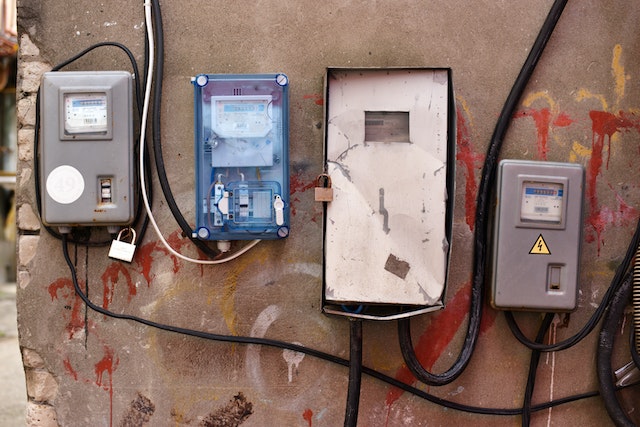Introduction
In a world where energy consumption continues to rise, the pursuit of free electricity is a noble and exciting endeavor. While the term “free electricity” might sound too good to be true, there are innovative approaches and technologies that can significantly reduce your energy bills and even generate surplus power. In this blog, we’ll explore various methods and strategies for harnessing free electricity, paving the way for a more sustainable future.
- Solar Power: Capturing the Sun’s Energy
Solar power is one of the most well-known sources of free electricity. It harnesses the energy of the sun by installing solar panels on your property. Here’s how it works:
- Photovoltaic Panels: Solar panels, also known as photovoltaic (PV) panels, convert sunlight into electricity through a process called the photovoltaic effect. These panels are composed of numerous solar cells made from semiconductor materials, like silicon, which generate direct current (DC) electricity when exposed to sunlight.
- Net Metering: With net metering, excess electricity generated by your solar panels can be sent back to the grid, earning you credits on your electricity bill. During periods of low solar production, you can use these credits to offset your consumption, effectively reducing your electricity costs.
- Wind Power: Harnessing the Power of the Wind
Wind power is another renewable energy source that can provide free electricity. Wind turbines are used to capture the kinetic energy of the wind and convert it into electricity. Here’s how it works:
- Wind Turbines: Wind turbines have large blades that rotate when the wind blows. This rotation drives a generator, producing electricity. The more powerful the wind, the more electricity is generated.
- Wind Energy Systems: Installing a wind energy system on your property can not only meet your electricity needs but also generate surplus power that can be sold back to the grid, earning you additional income.
- Hydropower: Tapping into Water’s Energy
Hydropower, also known as hydroelectric power, harnesses the energy of flowing water to generate electricity. While it may not be feasible for everyone, those with access to a water source can benefit from this free electricity source. Here’s how it works:
- Hydroelectric Dams: Large-scale hydropower plants use dams to store water in reservoirs. When the water is released, it flows through turbines, generating electricity in the process.
- Micro-Hydropower: In areas with smaller water sources, micro-hydropower systems can be installed to generate electricity for homes or small communities. These systems are more environmentally friendly and can provide free electricity in suitable locations.
- Energy Efficiency: Reducing Consumption
One of the most effective ways to obtain “free” electricity is by reducing your energy consumption. Energy-efficient practices and technologies can significantly lower your electricity bills. Here are some strategies:
- LED Lighting: Replacing incandescent bulbs with LED lights consumes less energy and lasts longer, reducing both energy consumption and replacement costs.
- Appliance Upgrades: Modern appliances are designed to be more energy-efficient. Upgrading to Energy Star-rated appliances can result in substantial savings over time.
- Smart Thermostats: Installing a smart thermostat allows you to control your heating and cooling systems more efficiently, optimizing energy usage and reducing costs.
